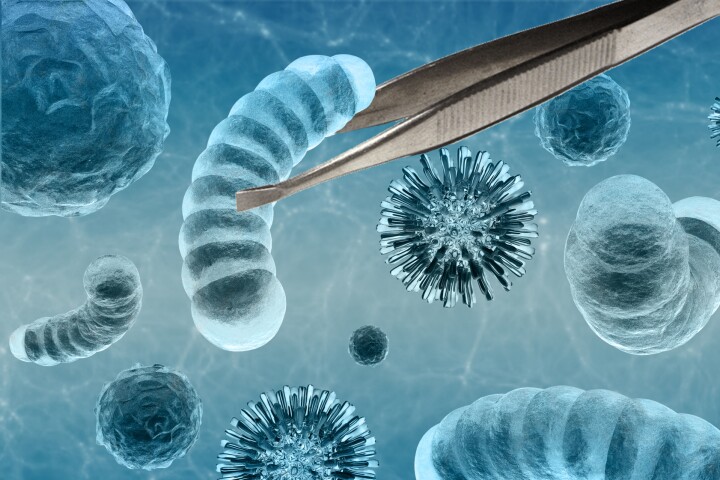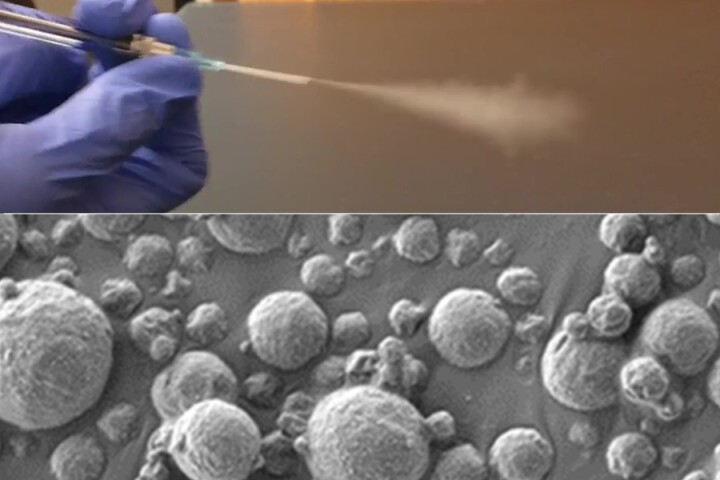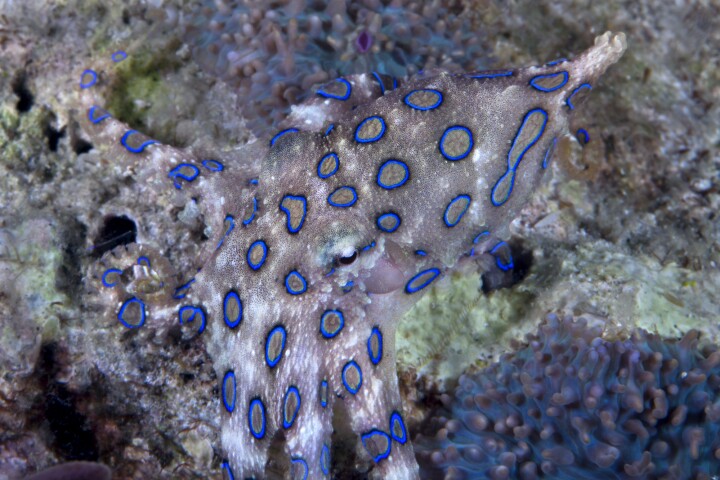It’s a question that’s vexed scientists and researchers for ages: why do we sleep? What does fulfilling this fundamental need accomplish? If you google ‘why do we sleep,’ you’ll receive various answers from various sources. Some say sleep removes toxins from the brain, others say that it helps the body repair and re-energize or that it’s critical to the formation of long-term memories.
Now, a study by researchers from the University of Washington in St. Louis has provided the first direct evidence that may answer the question.
“The brain is like a biological computer,” said Keith Hengen, corresponding author of the study. “Memory and experience during waking change the code bit by bit, slowly pulling the larger system away from an ideal state. The central purpose of sleep is to restore an optimal computational state.”
Comparing the brain to a complex computer is not too much of a stretch. Both use electrical signals to transmit information, long-term memory is like a hard disk for storage and retrieval, and our neurons are akin to circuitry. Using a computer means running a bunch of resource-monopolizing processes in the background that can cause it to slow down over time. Applying the ‘criticality hypothesis,’ the researchers in the current study theorized that the brain acts similarly.
In the field of physics, criticality describes a complex system that exists at the tipping point between order and chaos. Physicists first developed the concept of criticality in the late 1980s, using a simple set of rules to drop thousands of grains of sand onto a checkerboard-like grid. The sand piles eventually reach a point where large and small avalanches start without warning, with piles in one square cascading into others.
“The whole system organizes itself into something extremely complex,” said Ralf Wessel, one of the study’s co-authors.
Applying the criticality hypothesis to the brain, the researchers liken every neuron to individual grains of sand following very basic rules. Neural avalanches are similar to the sand avalanches created by physicists, with cascades being the hallmark of a system that’s reached its most complex state. If neurons reach the sweet spot between too much order and too much chaos, they reach criticality, and it’s there that the brain’s information processing is maximized.
The criticality theory is something that Hengen and Wessel explored in 2019, demonstrating that the brain actively works to maintain criticality. In the current study, they and their fellow researchers attempted to understand sleep’s function in the framework of criticality. They measured the electrophysiological responses of single neurons in the visual cortices of young rats as they freely went about their normal sleep/wake cycles.
“You can follow these little cascades of activity through the neural network,” Hengen said. “At criticality, avalanches of all sizes and durations can occur. Away from criticality, the system becomes biased toward only small avalanches or only large avalanches. This is analogous to writing a book and only being able to use short or long words.”
The researchers observed avalanches of all sizes in rats that had just awoken from restorative sleep. During periods of wakefulness, the cascades shifted toward smaller and smaller sizes. The researchers found they could predict when the rats were about to go to sleep or wake up by tracking the distribution of neural avalanches. Sleep was near when cascade sizes were reduced to a certain point.
“The results suggest that every waking moment pushes relevant brain circuits away from criticality, and sleep helps the brain reset,” said Hengen.
Overall, the researchers say the data support a model where sleep functions to restore criticality, which has been progressively undermined during waking. Their observations were consistent with their hypothesis that the maintenance of criticality is the core, regenerative function of sleep.
The study was published in the journal Nature Neuroscience.
Source: Washington University in St. Louis
–

























